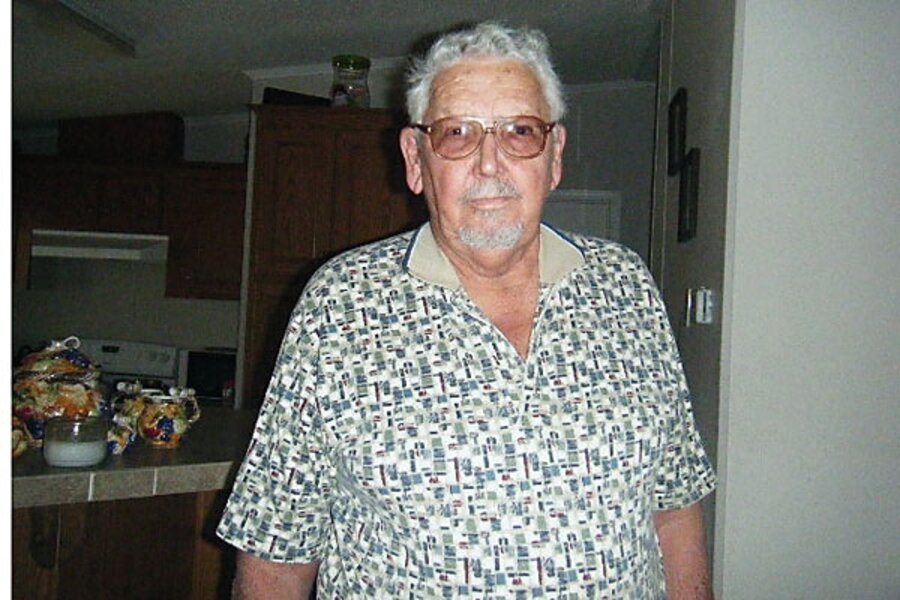One man’s quest to size up the Tea Parties
Loading...
| Atlanta
How many Americans have participated this year in “Tea Party” events?
The scattered nature of the antitax protests makes it hard to know for sure – estimates run from less than half a million to close to a 1 million – but one unlikely enumerator thinks he has the answer.
Frank Ross Jr., a retired commercial fisherman on the Mississippi Gulf Coast, has spent the past six weeks contacting organizers and combing through hundreds of news accounts and blogs – in between tending his backyard turnip greens. Counting dozens of mini-protests in small towns such as Purvis, Miss., he estimates that total attendance at Tea Parties this year approaches 2 million, at least half at events held before July 4.
Mr. Ross is not a reporter or researcher, so why does he care? He says he’s a worried American with a mission: Quantify a movement he believes can change the country. “I think the people of this nation need to see how many people will stand up against excessive taxation,” he says.
“Sixty years in the Gulf of Mexico makes you a troubleshooter par excellence and … I decided to use that knowledge in pursuit of something I wanted to know,” says Ross, in a phone interview from his home in Lumberton, Miss.
Other groups have estimated the number of protesters at these Tea Parties, but they say the task is difficult. Getting an accurate count is important for two reasons, says Grover Norquist, head of Americans for Tax Reform (ATR). One, it becomes part of the historical record and, two, it gives organizers a base by which to measure future rallies.
According to ATR, 615,000 people have attended 640 events this year, though it stopped counting in late April. Statistician Nate Silver estimates that 311,460 people attended 346 events on April 15 alone.
The conservative Pajamas Media blog network, which used citizen reporters and local video for the April 15 protests, estimates that there were about 1 million protesters that day. It did not try to count the July 4 rallies.
“It's very difficult to do because it's so dispersed and so ad hoc,” says Roger Simon, CEO of Pajamas Media in Los Angeles. “[I]t's not just calling up a fire department to say, 'How many people are out there?' This is like hundreds of little demonstrations across the country, and how do you know the accuracy of each person reporting in?”
The Tea Party concept grew out of libertarian Ron Paul’s electoral campaign last year, gaining traction after the passage of the $787 billion stimulus package in February. Tea Party organizers call it an electrified third rail of American politics. Critics say it represents a vocal but marginal section of the right wing, egged on by conservative think tanks and media talking heads.
Even if Ross is right about his numbers, the scattered nature of the Tea Parties – an asset if it is an indication of grass-roots support – may also be a liability.
“If you had hundreds of thousands of people coming out to things everywhere, then I think you would have a game-changing moment, but I don't think we're even remotely close to that,” Marc Cooper, a former journalist and professor at the Annenberg School for Communications at the University of Southern California, said earlier this year.
No one knows for sure where the Tea Party movement is headed. But at least one man in America is trying to ascertain – exactly to the man and woman – where it's been. Lucky for him, turnip greens don't need that much attention.
"I'm a persistent son of a gun," Ross says.
---
Follow us on Twitter.





